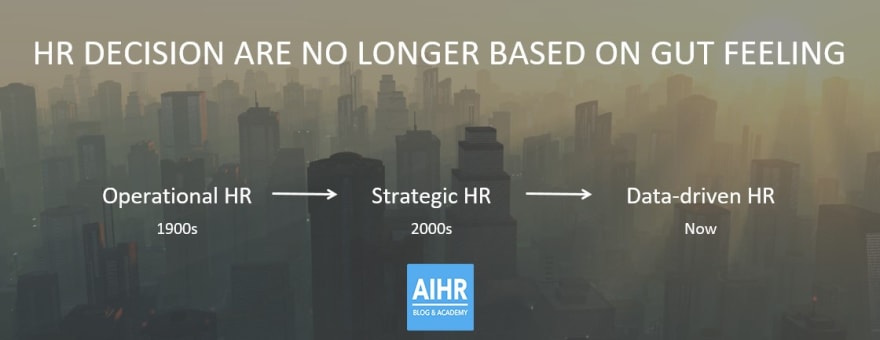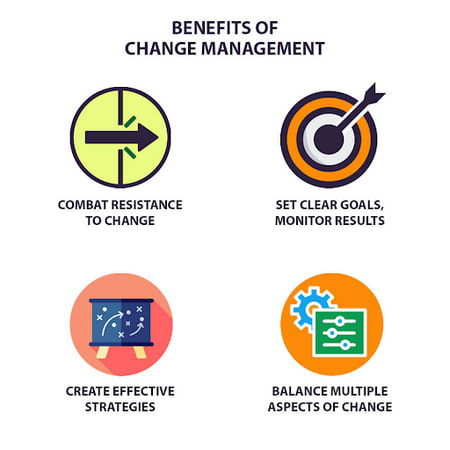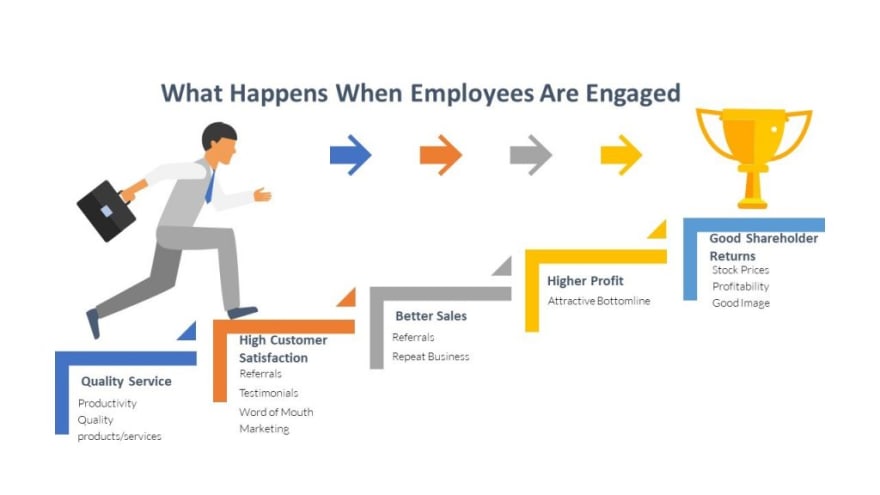Ever since big data entered the picture, it has helped businesses make better business decisions and increase revenues. From manufacturing and automobiles to healthcare and retail, big data has emerged as the game-changer in every industry.
Organizational departments such as finance, operations, and sales also benefit by leveraging big data analytics in their day-to-day functioning. Human Resources is no exception.
A KPMG report says that by 2022, 60% of HR departments will invest in predictive analysis and 47% in Artificial Intelligence, improving almost every HR area, including recruitment, performance, compensation, with 53% using data analytics to make strategic decisions.
There are many key advantages that HR professionals can experience, provided they tap into the full potential of data analytics. Here are the top eight benefits:
1. Improved hiring processes
Data analytics is changing the way HR managers hire employees. It reduces the time required to find, review and accept new hires by streamlining their process with talent acquisition software. It eases their workload and saves precious time.
The latest recruitment modules allow them to screen applicants, schedule interviews, and access required data on demand. Thanks to mobile optimization, HR teams can perform all crucial operations on the go.
Data analytics is also changing the way HR approaches employee management. For instance, it has become easier for managers to identify unyielding or inefficient processes. They can build evidence-based strategies for improved decision-making and a productive work environment.
2. Better growth opportunities
HR leaders can use big data analytics to understand, predict, and respond to growth opportunities. This means that they will be able to access information about the workforce efficiently at all times.
This form of analysis enables them to make informed decisions, such as hiring or firing employees. It cultivates a culture of proactive human resources management across the organization.
HR professionals can also use big data for workforce analytics and gain more information about their business operations. It helps HR leaders to understand their employees better and identify opportunities for growth at the individual level.
3. Optimized workforce planning
On a typical day at work, there are many interactions between people and their environment. Big data helps us understand how we interact with others in the workplace to make experiences better for everyone involved.
Research shows that 89% of HR teams use HR metrics to plan the future of their workforce. For example, they can target increasing the percentage of female employees in the business by 25% and measure their performance based on that parameter.
Data analytics can also be used to solve problems about engagement or changes in culture within organizations. It is convenient in managing the change management process. When a business changes, the way the HR department function also evolves.
For instance, a new law that the business must follow could change the way the HR team will hire, train, or pay employees. Similarly, the work from home arrangement changed how HR teams handled recruitment and payroll due to the pandemic.
4. Reduced attrition rate
Data analytics can be used to reduce employee turnover by identifying patterns and trends of attrition. HR managers can quickly address the issues of an employee before it becomes a problem. It reduces the churn and improves the retention rate.
5. Informed payroll decisions
Employers can use workforce analytics to understand better how to reduce their second-largest expense after payroll and employee benefits. One way of doing this is by understanding the utilization trends and correlating them with the employees' churn data to get insights into what benefit resonates most with an individual, allowing a more optimal experience at work.
6. Greater visibility on employee skill gaps
According to HBR, 94% of HR professionals had real-time insights into their employees' career development goals thanks to a high level of sophisticated analytical activity.
Predictive models and AI can help HR identify opportunities to maximize skill crossover, improve skills through training programs, and assess career planning options.
Strategic analysis ensures employees work in the right roles that provide them with development opportunities and positively impact vital life-cycle stages.
With the right technology, like machine learning, it is possible to gather data and measure its impact on your business.
Big data-powered people analytics can help create a positive culture with higher employee engagement, better performance metrics, and a more robust organizational structure.
It also helps identify process bottlenecks or knowledge gaps leading to disengagement and makes HR teams more effective while creating lasting value.
Employers can use data analytics to create future business plans and anticipate the roles they must hire or train employees as their company grows. Doing so minimizes hiring costs by ensuring employees possess the necessary skill sets before they are needed for a role.
7. Higher employee engagement
Engaging employees is always a top priority for HR leaders, and it has become more relevant than ever in the current times of remote working. Big data enables them to identify and reward top performers.
Similarly, HR teams can also identify employees with performance issues or low motivation with big data analytics. It helps analyze KPIs, track the achievement of targets, and display details of leaves taken by an employee.
The information allows HR to pinpoint employees at risk of being disengaged from their work. AI-powered employee engagement platforms enable companies to check in with employees weekly via text messaging.
Employees can rate their work experience throughout the week, and managers hold themselves accountable for checking up on them if they give a low score. The data collected is invaluable as the information is captured in real-time.
8. Control on harassment issues
Data analysis can be helpful in the fight against issues like sexual harassment and gender bias as it can help discover behavioral issues and resolve them through strategic plans.
Data about employee issues and the frequency of cases occurring most frequently, along with the number of reports over time, can be studied for decision-making. Managers who collect data every month and ask the right questions will be able to identify red flags.
Over to you
Big data can bring powerful transformations to the HR team and organizations as a whole. The transformation will be impactful and far-reaching, so it is beneficial for any HR department that wants strong results and future success with its people and talent strategies.
(Cover Image from jaydeep_ / Pixabay)






Top comments (0)